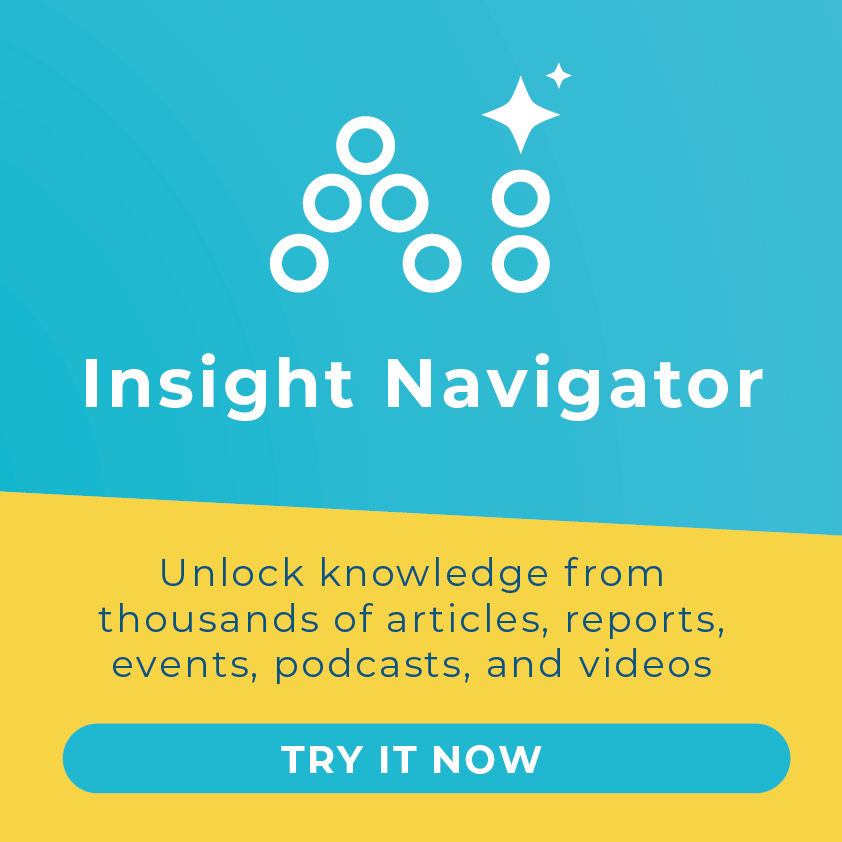In the wake of the mortgage crisis in developed countries, and separate lending crises in other countries like India, there is a growing level of attention being paid to the issue of consumers’ capabilities to engage with the financial sector.
Certainly, as “Bridging the Gap: The Business Case for Financial Capability” shows, access to finance for low-income customers is at an unprecedented high, and encompasses multiple modes of engagement. This includes mobile banking, conditional cash transfers, agent- and correspondent-banking, remittance services, and of course, microfinance reaching somewhere between 500 and 800 million low income customers today. Even setting aside for a moment the startling fact that nearly 2.7 billion still remain unbanked, this only gets to one half of the equation. Increasingly, full financial inclusion is being defined as a balanced approach which requires both providing access to appropriate financial products and services and ensuring that clients have the skills, knowledge, and understanding of how to best use such products and services.[1] Without this balance, financial inclusion efforts are at best ineffective or at worst risk-provoking.
 “Bridging the Gap: The Business Case for Financial Capability” was commissioned by the Citi Foundation and researched by the Monitor Group & Partners for Sustainable Development to understand what is needed to strengthen the client capability side of financial inclusion efforts. We undertook this research to ask some critical questions and find some important answers. How could financial services providers be incentivized to pay for financial capability? Are there innovative capability models that make good business sense? What kinds of solutions and models must be developed that achieve this ‘win-win’ for financial service providers and their clients – not just in the world of MFIs, but beyond? To answer these questions, we conducted interviews with more than 90 organizations involved in financial capability; made site visits to six countries to analyze models in depth; and convened 30 key stakeholders in Madrid in November 2011 to engage them in discussing what the priorities should be if we want to strengthen the provision of financial capability and make it more scalable.
“Bridging the Gap: The Business Case for Financial Capability” was commissioned by the Citi Foundation and researched by the Monitor Group & Partners for Sustainable Development to understand what is needed to strengthen the client capability side of financial inclusion efforts. We undertook this research to ask some critical questions and find some important answers. How could financial services providers be incentivized to pay for financial capability? Are there innovative capability models that make good business sense? What kinds of solutions and models must be developed that achieve this ‘win-win’ for financial service providers and their clients – not just in the world of MFIs, but beyond? To answer these questions, we conducted interviews with more than 90 organizations involved in financial capability; made site visits to six countries to analyze models in depth; and convened 30 key stakeholders in Madrid in November 2011 to engage them in discussing what the priorities should be if we want to strengthen the provision of financial capability and make it more scalable.
The report profiles the changing landscape of financial education linked to financial products in emerging markets, and contains several noteworthy elements:
- Size and Cost of the Problem: While up to 800 million of the world’s low-income citizens now have access to different financial services, only one in four has had any training on how to use this access wisely. The report articulates the size and cost of the resulting “financial capability” gap, and the risks to financial institutions and policymakers of not addressing this gap.
- Risks and Opportunities for Financial Service Providers: It emphasizes the need and opportunity for financial service providers to be proactive, innovative, and attentive to client capability issues. The report profiles new financial capability models designed with customer needs and capabilities in mind that are applicable to many kinds of financial service providers, and articulates where there is a business case for the providers to build client capability.
- Models to Build Financial Capability: The report for the first time publishes a comparative analysis of various capability-building and education models with regard to cost recovery. It demonstrates why such a lens is critical and shares key insights about the strengths, weaknesses, and viability of five specific financial education models.
- Recommendations: Finally, it provides a set of recommendations for financial service providers, governments, central banks, and policymakers (among others) to make efforts at providing better, more innovative and sustainable financial capability a central plank of their programs.
It is our hope this report and its findings and recommendations will resonate with a number of audiences, including financial service providers who reach low-income customers as well as central banks, government regulators, and policymakers involved in promoting access to finance and increasingly, capability. We feel the field is at an inflection point, and are excited not only by the dialogue this research has already stimulated, but also by the timing of important discussions on Financial Capability and Financial Education at meetings like the G20 in Mexico and APEC in Russia in 2012.
We hope you will read the full report and the executive summary, and help us ensure that is reaches a wider audience by sending it to your networks. And for more information or if you have questions or comments, please do let us know.
Monitor Inclusive Markets
Citi Foundation










